Camp Columbia Exhibition at the MacArthur Museum
In April, representatives of the Camp Columbia Heritage Association (CCHA) met with John Wright, the director of the MacArthur Museum in Brisbane (MM-B), to discuss the possibility of hosting a pop-up exhibition on Camp Columbia. Since Wacol, the actual location of Camp Columbia, is out of town, we explored the idea of organising temporary occasional pop-up exhibition presentations in the CBD to share the story of Camp Columbia.
Soon after, we learned that the Netherlands Ambassador to Australia, H.E. Mrs. Ardi Stoios-Braken, would come to Brisbane for an official visit to meet with the Governor and members of the State Government. We inquired if the Ambassador would be interested in opening our exhibition, and she responded positively. We then approached John to see if we could organise the event at very short notice; within a month. Thank you to Fiona the collection manager at the Museum for all her work in collating and designing the exhibition, and to Gwen (MM-B), Vicki and Jorien (CCHA) for their work in researching and identifying items in the display.
We also reached out to Jack Ford and Victor Suchocki, both of whom possess fascinating collections of Dutch artifacts from Camp Columbia. They agreed to lend pieces from their collections for display.
On May 22, the Ambassador, along with her official party—including the Honorary Netherlands Consul for Queensland, Mrs. Marjon Wind, and Brisbane City Councillor Mrs. Vicki Howard, in whose ward the museum is located—joined a selection of specially invited guests for the official opening.
Before the Dutch moved to Camp Columbia, Dutch military offices in Brisbane were scattered throughout the city, with the main ones located on Queen Street, near the headquarters of General Douglas MacArthur on the 8th floor of what is now the MacArthur House, where the museum is situated. Numerous meetings likely took place also involving Dutch military officials at the very place where now the museum and pop-up exhibition is situated.
During her speech, the Ambassador highlighted the strong ties between the Netherlands and Australia, particularly Queensland, dating back to 1606 when the Dutch ship Duyfken explored the North Queensland coast, likely making its crew the first Europeans to set foot in Queensland. She also spoke about Dutch migration to Queensland and the military history of the Dutch in Brisbane. Following her official opening remarks, Victor and Jack guided the Ambassador through the artifacts, sharing their histories. John also gave the Ambassador a tour of General MacArthur’s office.
After the tour, the official party departed. By all accounts, the event was a great success, significantly raising the profile of Camp Columbia and Dutch activities in the Brisbane.
Paul Budde
The following pictures were made by Vaughan Kippers and Nick Rice
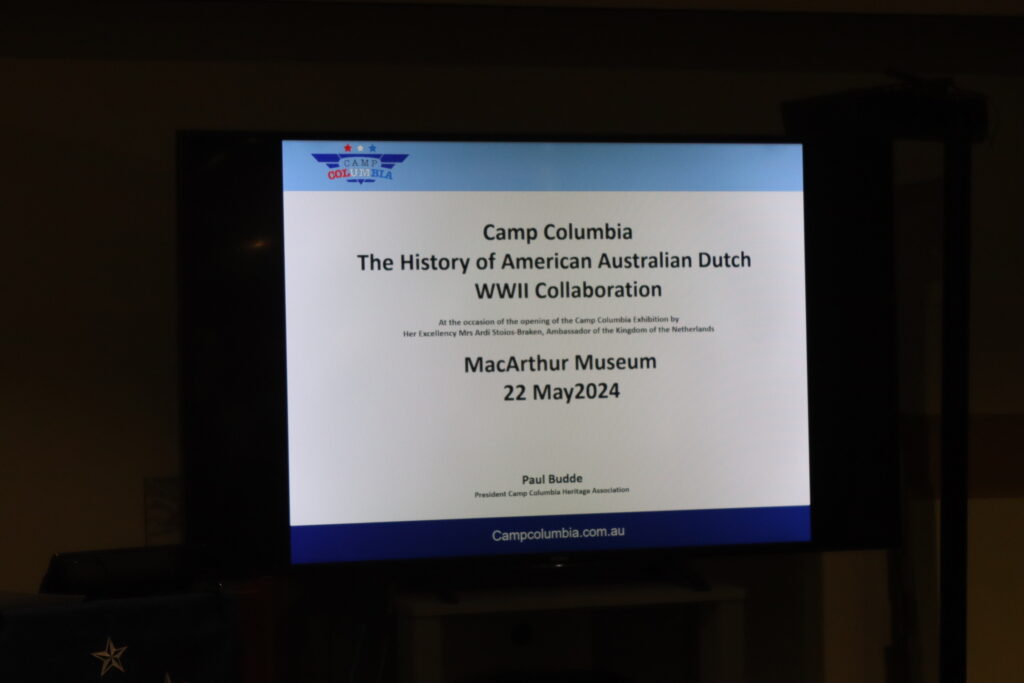
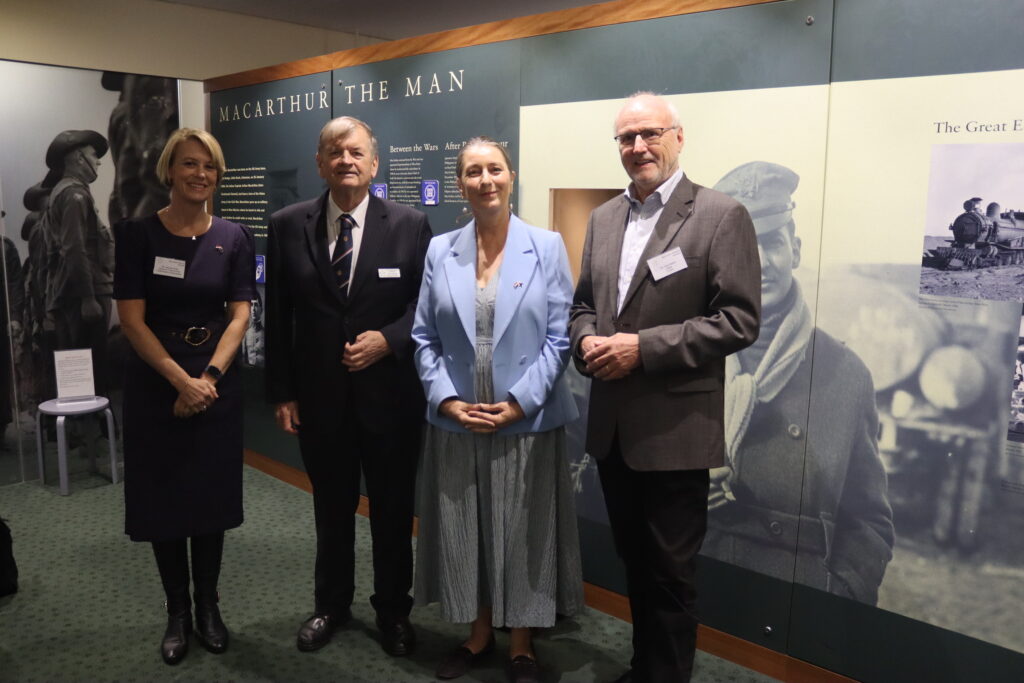
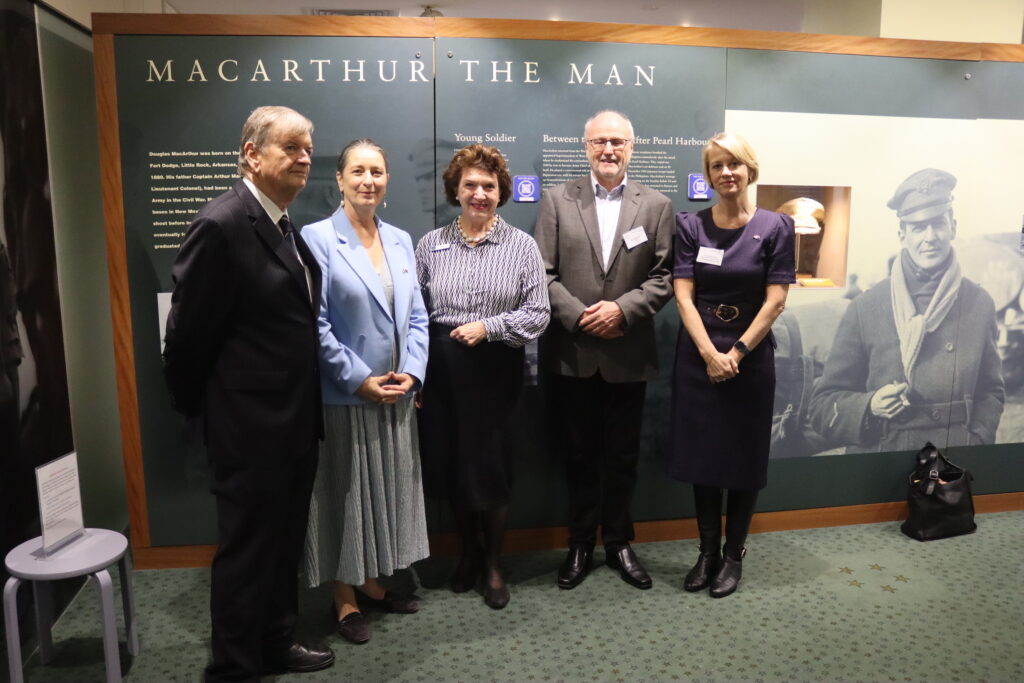
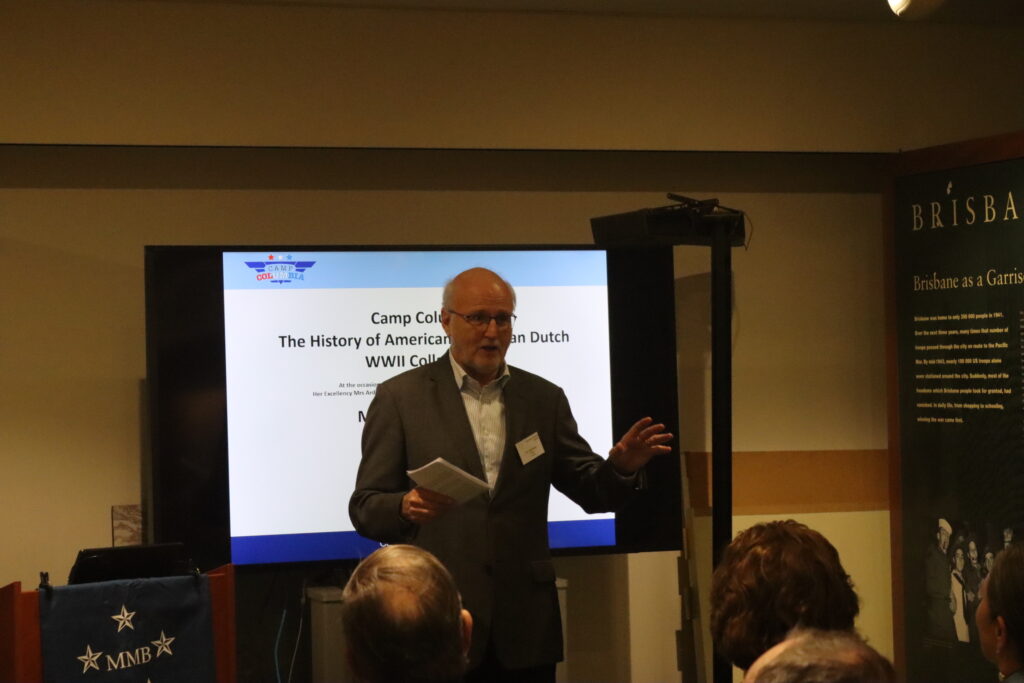
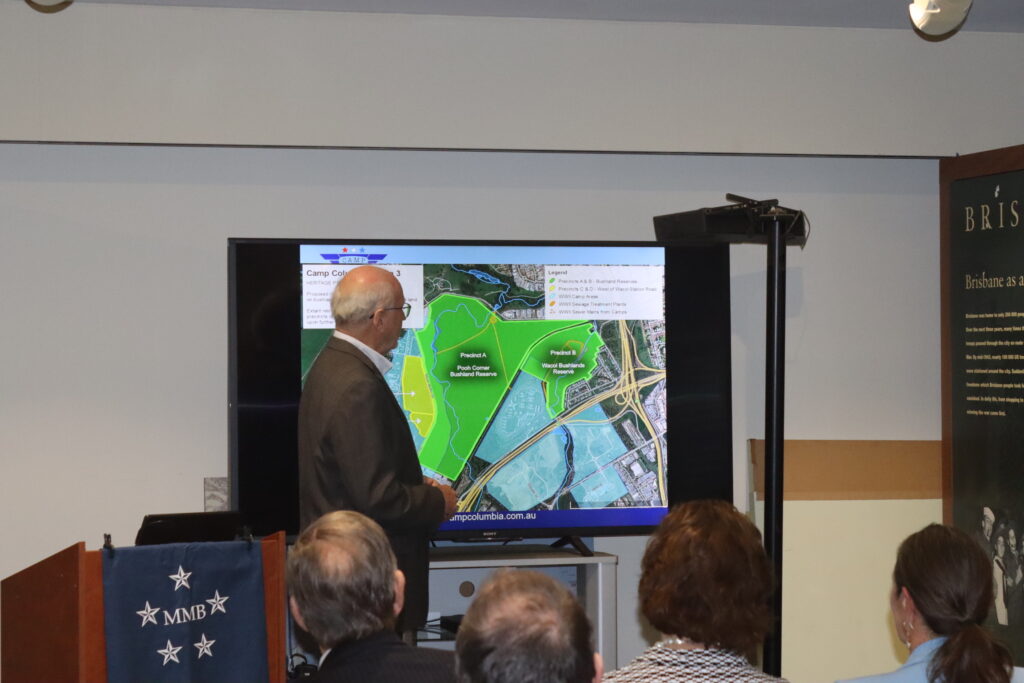
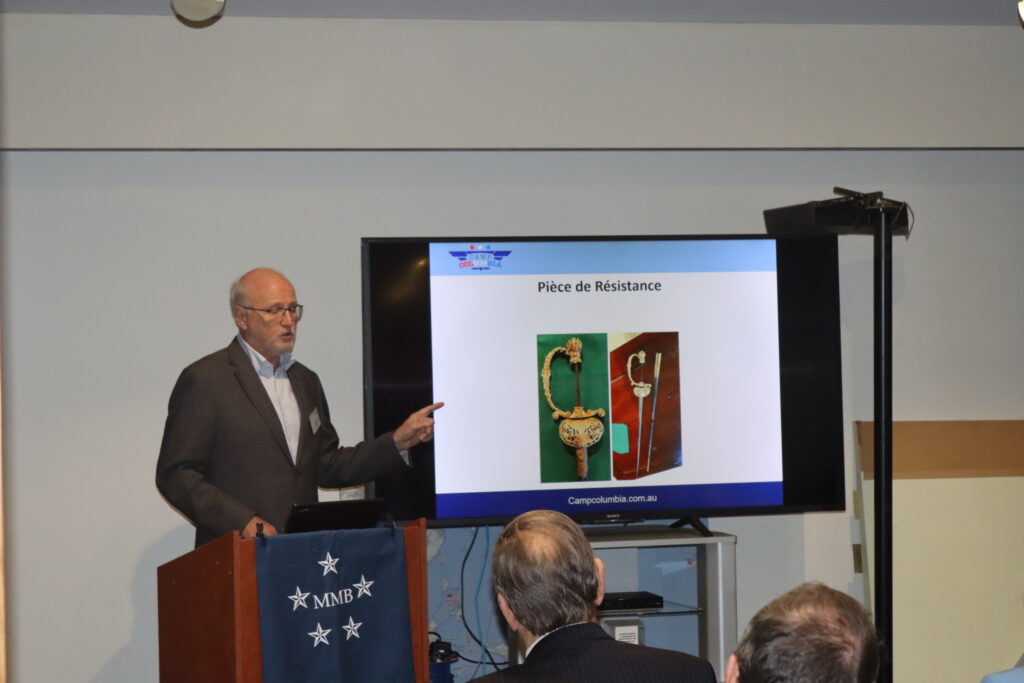
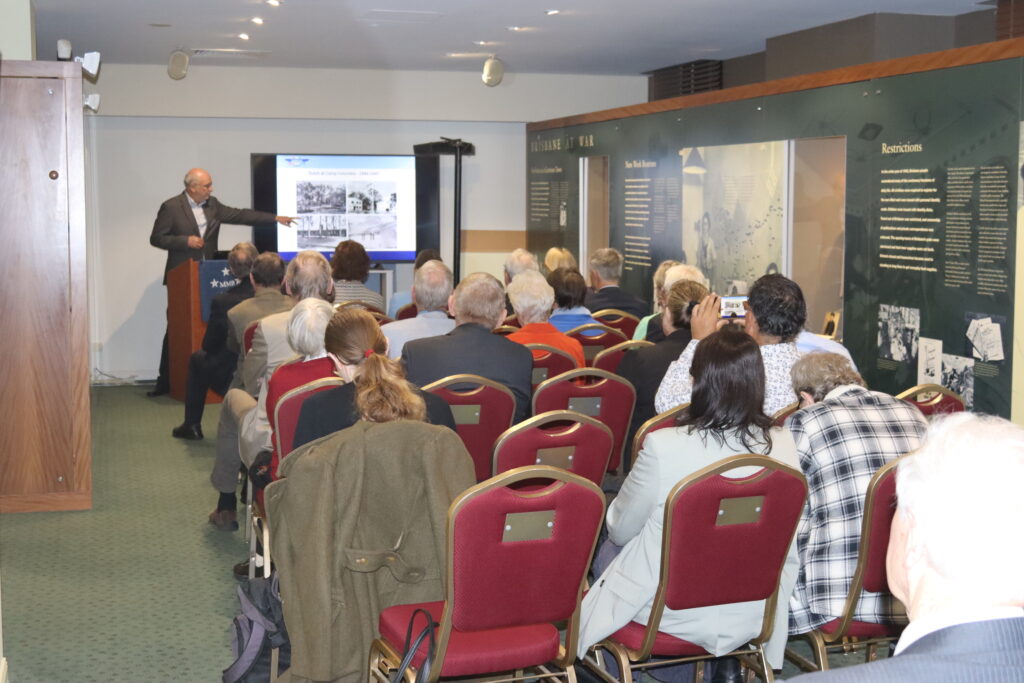
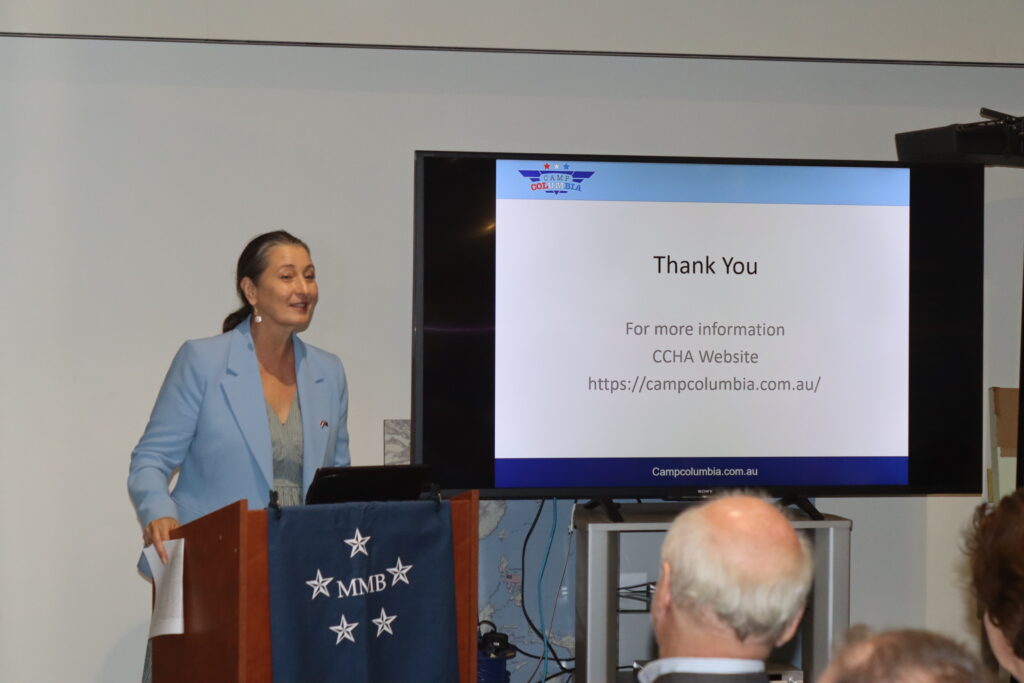
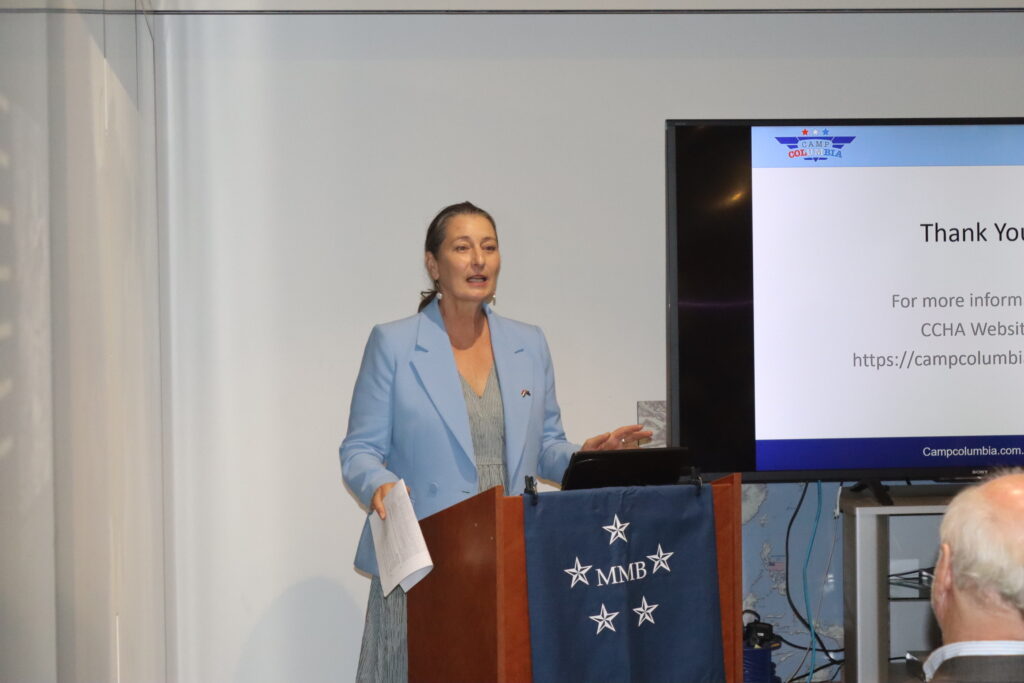
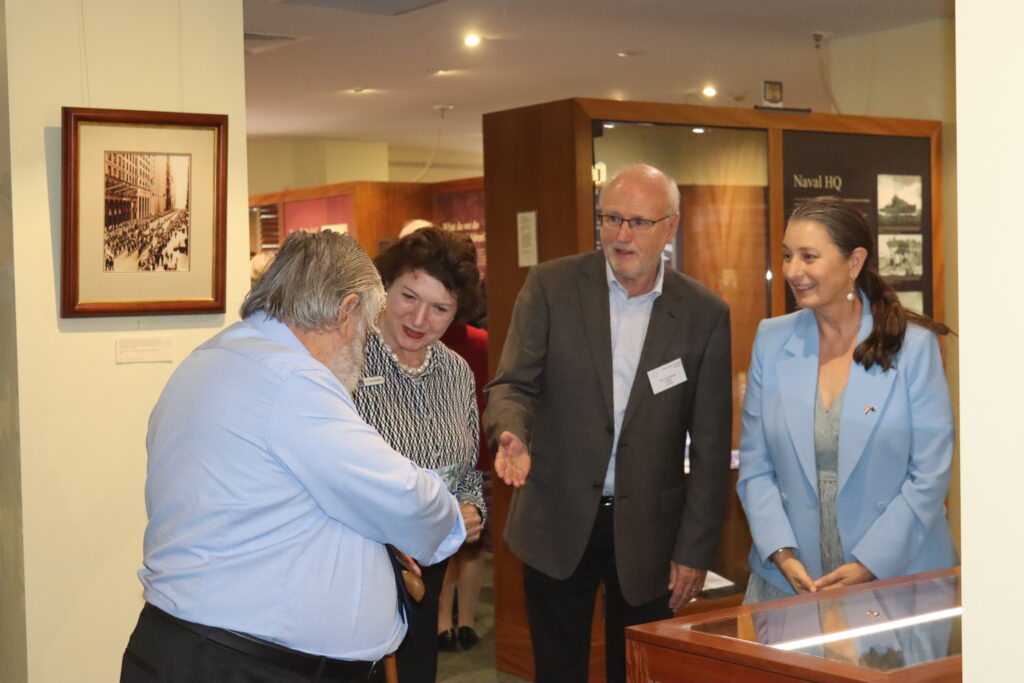
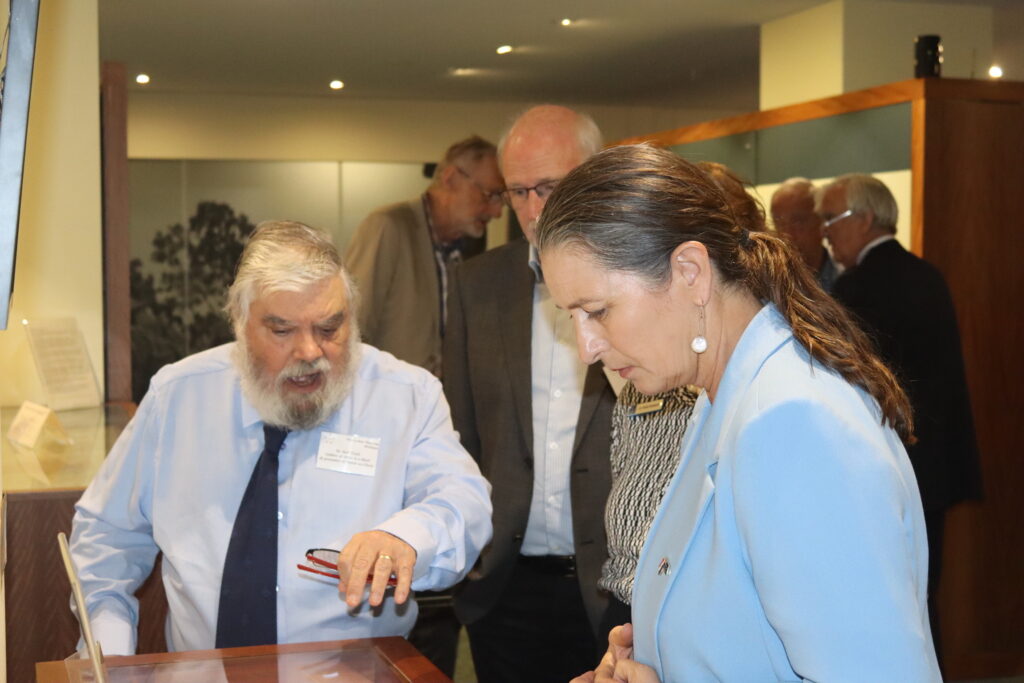
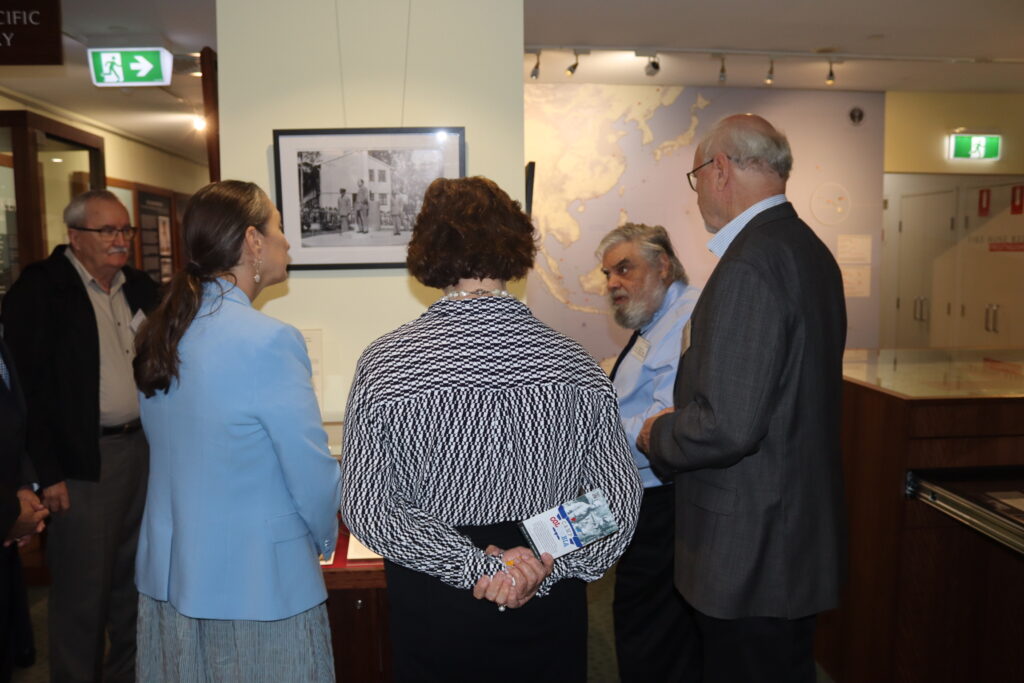
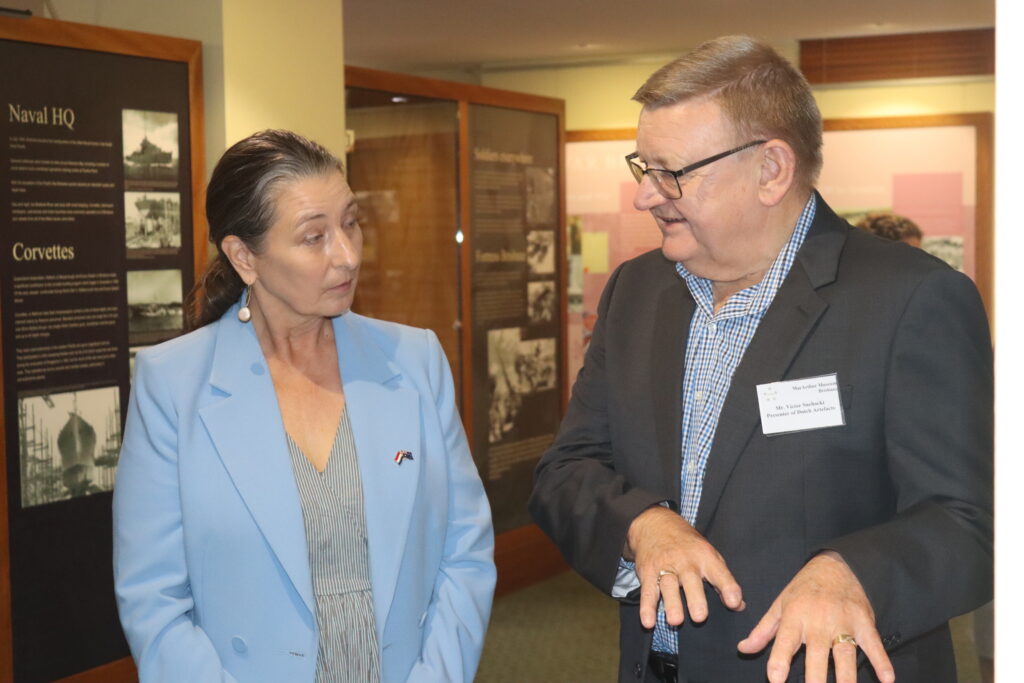

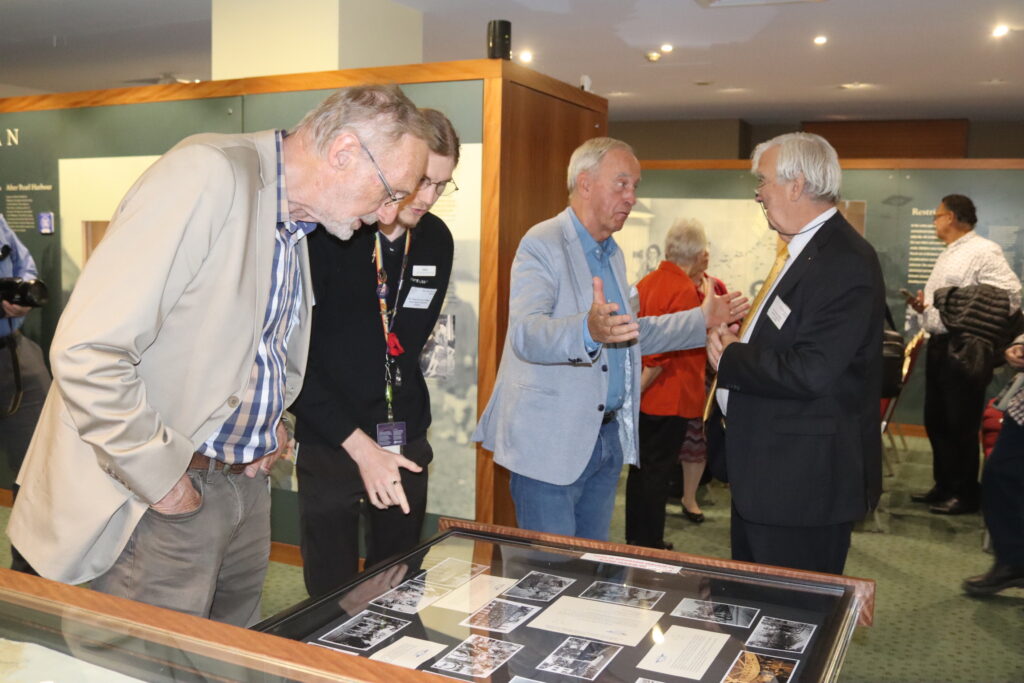
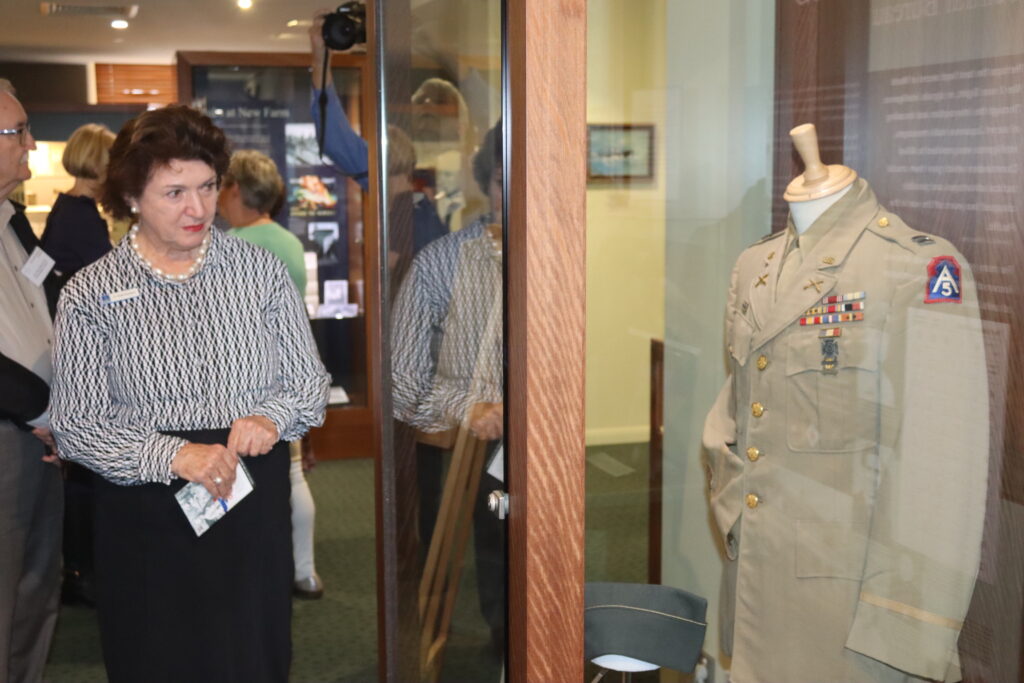
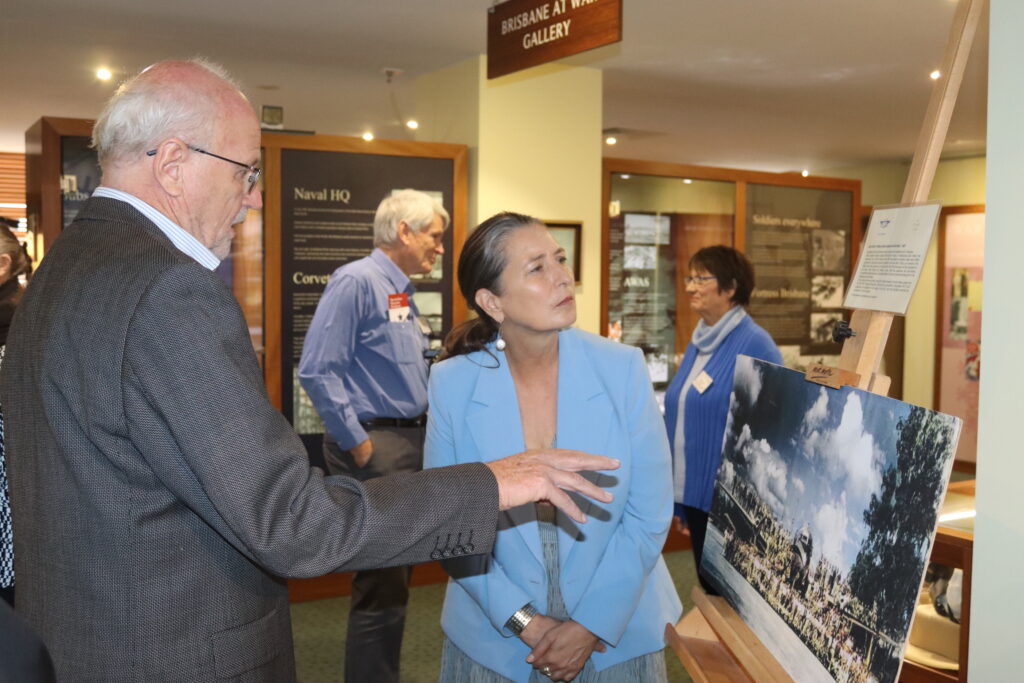
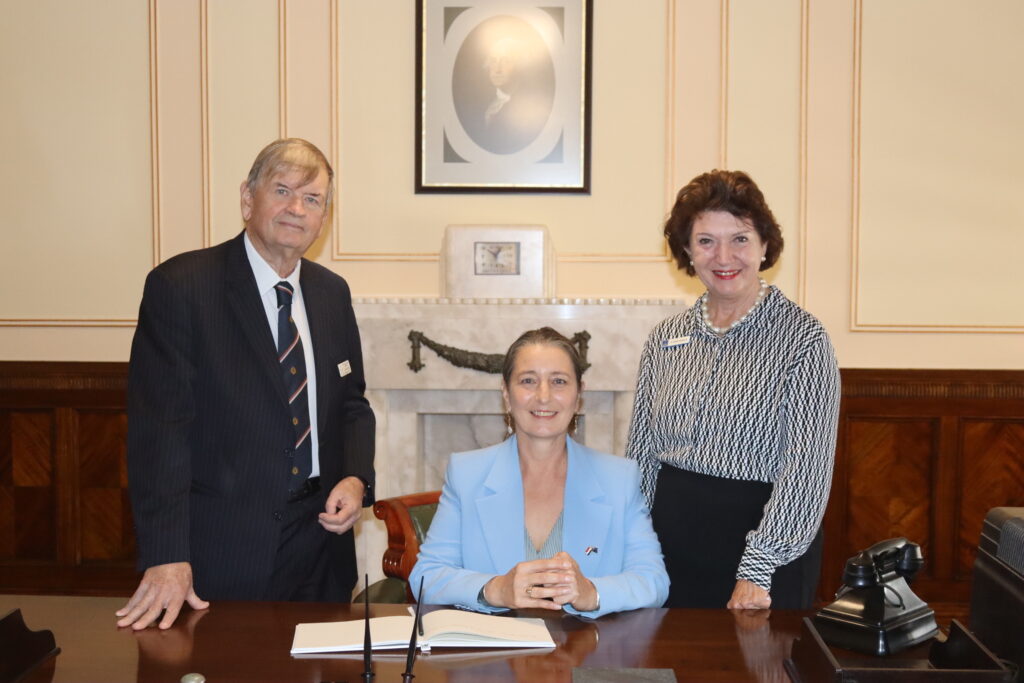
Below are pictures from the artefacts displayed at the exhibition (all pictures by Vaughan Kippers.
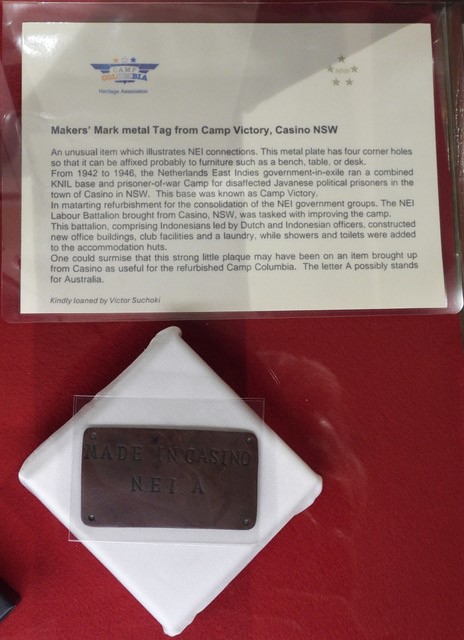
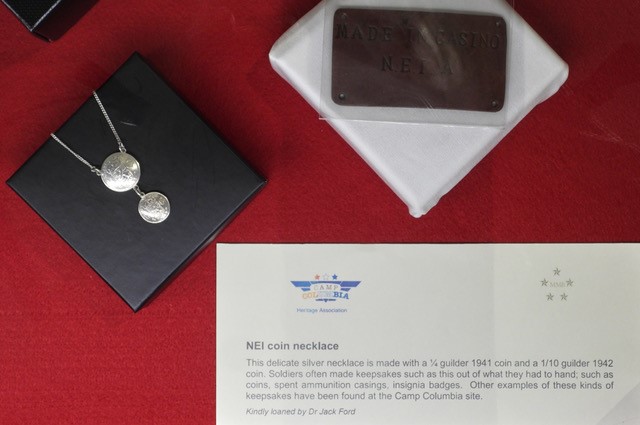
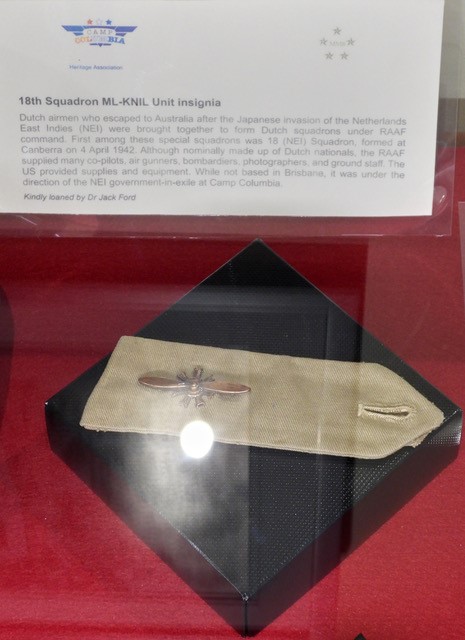
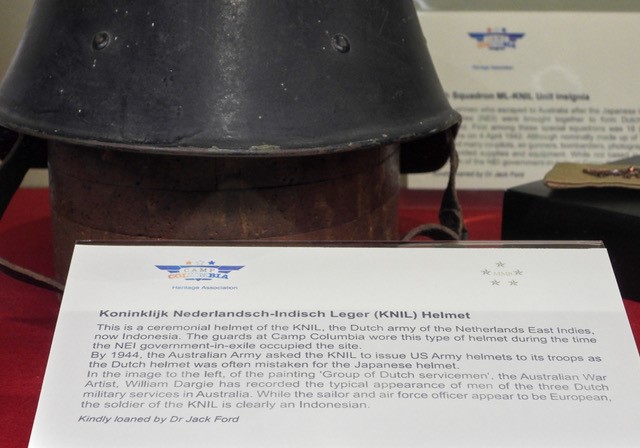
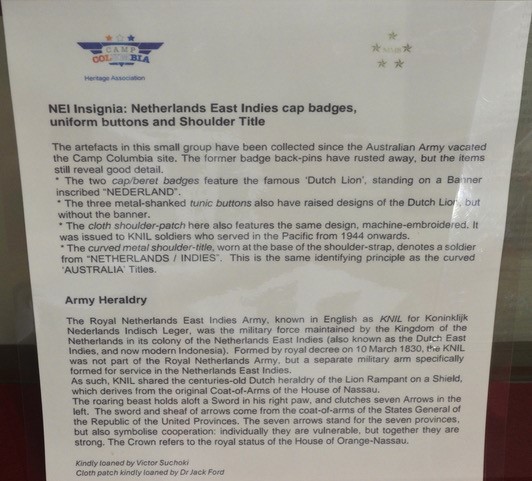

Below interview (in Dutch) with Paulien Roessink – SBS Dutch Radio.
See also:
American Captain Gunther Bonnin liaison with Dutch intelligence at Camp Columbia during WWII
